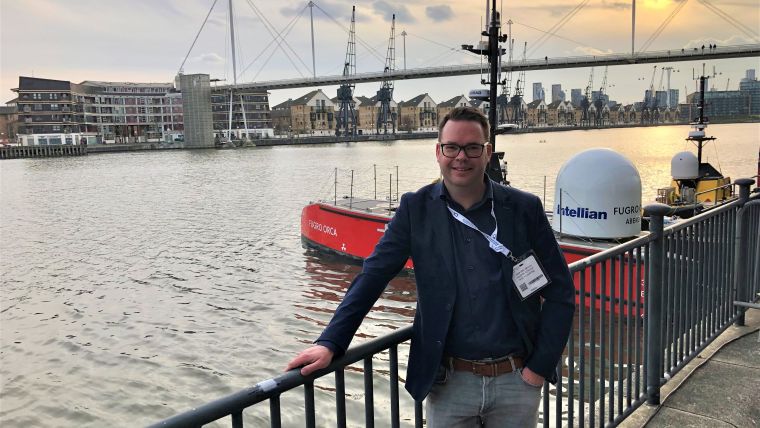Exiting the Highway to Climate Hell
“We are on a highway to climate hell,” said Antonio Guterres at COP27. So how can the geospatial industry help society to find the nearest exit?
Despite certain people still denying that the world has a problem, the majority of scientists agree that climate change is one of the greatest challenges of our time. According to the UN Environment Agency, our planet is now on track to become approximately 2.5⁰C hotter by the end of this century. To achieve the current targets as set out in the Paris Agreement, greenhouse gas (GHG) emissions – which are caused, among things, by the use of fossil fuels – must be drastically reduced. This is a global issue, not least because the impacts of climate change are often felt far away from where they are actually being caused. At the time of writing, representatives from nearly 200 different countries are gathering in Sharm el-Sheikh, a seaside resort on the Sinai Peninsula in eastern Egypt and one of the most popular tourist destinations in the Arab world, to discuss this issue in more detail during the COP27 climate summit.
The geospatial industry is ideally placed to play a leading role in mapping, modelling, analysing, mitigating and combating global warming and its harmful effects on human health, society and the world’s delicate ecosystems. In fact, this was a key theme recently at Intergeo 2022 in Essen, Germany, where the traditional press conference on the second day was almost entirely dedicated to the topic of climate change. Trimble’s Scott Crozier described one of the biggest challenges as reducing the GHG emissions as fast as possible. Hexagon’s Thomas Harring warned that we are entering the “next new normal” with a new environment in which one of the biggest issues will be fresh water. To illustrate just how catastrophic climate change can be, he referred to Egypt, where rising temperatures and droughts are affecting one of the country’s vital water sources: the River Nile. Egypt uses approximately 80% of the water flowing through the country for agricultural purposes, but over the course of this century, climate change is predicted to increase the standard deviation of the Nile’s flow by between 30 and 60%. Meanwhile, due to strong population growth, the number of people living in Egypt will increase by 50 million to 150 million over the next two decades. Needless to say, the country’s agricultural sector faces a huge challenge to maintain the current level of food production. Against this backdrop, one of the few options to ensure food security is to adopt a climate adaptation approach; to focus on modernizing the agricultural sector to ensure that the available water is used as efficiently and sustainably as possible. This is not without difficulties, since ownership of Egyptian agricultural land is traditionally fragmented with a strong focus on self-sufficiency. It will be quite a task to get everyone on board with the necessary new developments. Sadly, the situation in Egypt is not an isolated incident, as underlined during the Intergeo press conference by Barbara Ryan, executive director of the World Geospatial Industry Council (WGIC). She mentioned examples of how heavy rainfall due to climate change is leading to floods that are damaging buildings and infrastructure and resulting in the loss of human lives – whether in Germany, North America or Pakistan.
“We are on a highway to climate hell with our foot on the accelerator,” said United Nations Secretary-General Antonio Guterres during his opening speech at the COP27 summit. So the question is, what can the geospatial industry do to help global society to get off that highway as soon as possible? On behalf of GIM International, I encourage you to send us your ideas for a column or an article focusing on how our profession can contribute viable solutions to the challenges associated with climate change.

Value staying current with geomatics?
Stay on the map with our expertly curated newsletters.
We provide educational insights, industry updates, and inspiring stories to help you learn, grow, and reach your full potential in your field. Don't miss out - subscribe today and ensure you're always informed, educated, and inspired.
Choose your newsletter(s)
























